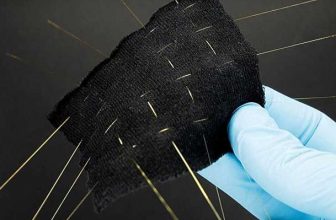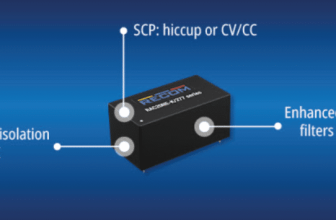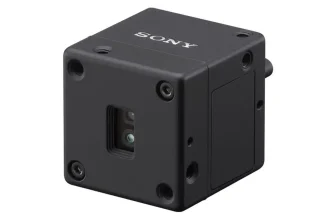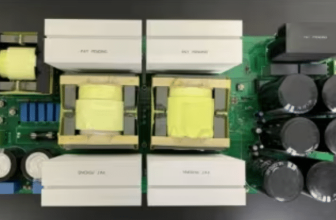
Check out our latest products
Offering superior low-light performance, compact size, and integrated image processing—all in a cost-effective package tailored for next-generation in-vehicle safety systems.
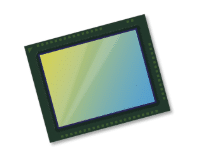
OMNIVISION has introduced the OX01N1B, a compact and cost-effective 1.5-megapixel global shutter image sensor designed for automotive driver monitoring systems (DMS). As the latest addition to the Nyxel near-infrared (NIR) technology lineup, the OX01N1B delivers excellent low-light performance with 36% NIR quantum efficiency (QE), high modulation transfer function (MTF), and low power consumption, all packed into a compact 1/4.51-inch optical format with a 2.2µm pixel size.
Built using OmniPixel4-GS technology, the sensor captures motion without distortion by enabling simultaneous pixel-level image detection. It is available in both RGB-IR and monochrome versions and is designed to meet the growing demand for reliable and efficient DMS in vehicles worldwide—especially with upcoming regulations requiring DMS in all new vehicles in Europe by 2026.

The key specifications include:
- Frame rate: Full @ 90 fps
- Optical Format: 1/4.51″
- Output Format: 10-bit B&W RAW, 10-bit YUV
- Pixel Size: 2.2 µm
- Resolution: 1.55MP
The sensor’s compact form factor and improved capabilities allow greater flexibility in camera placement, supporting a range of automotive designs. Martin Krantz, CEO of Smart Eye, praised the sensor’s performance, stating it plays a key role in their all-in-one DMS camera solution, AI ONE, by combining camera, sensor, processing, and software into a single unit. It also includes integrated ASIL-B safety and cybersecurity features to meet current industry standards. It is offered in an OMNIVISION a-CSP package and a reconstructed wafer format for bare die integration.
According to Dr. Paul Wu, OMNIVISION’s head of automotive product marketing, the OX01N1B strikes the ideal balance between performance, size, and affordability. “It’s smaller than the previous OX01H1B and retains the same optical characteristics, allowing reuse of existing optical paths. We’ve also integrated image signal processing to reduce system complexity.”
For more information, click here.


![[5G & 2.4G] Indoor/Outdoor Security Camera for Home, Baby/Elder/Dog/Pet Camera with Phone App, Wi-Fi Camera w/Spotlight, Color Night Vision, 2-Way Audio, 24/7, SD/Cloud Storage, Work w/Alexa, 2Pack](https://m.media-amazon.com/images/I/71gzKbvCrrL._AC_SL1500_.jpg)



![[3 Pack] Sport Bands Compatible with Fitbit Charge 5 Bands Women Men, Adjustable Soft Silicone Charge 5 Wristband Strap for Fitbit Charge 5, Large](https://m.media-amazon.com/images/I/61Tqj4Sz2rL._AC_SL1500_.jpg)


